The Europe Bunker Fuel Market is characterized by a competitive landscape that is shaped by a variety of factors, such as regulatory developments, environmental considerations, and changes in shipping patterns. As the shipping industry evolves towards sustainability, companies within this market are actively adapting their offerings to comply with stricter regulations regarding sulfur emissions. This transition presents unique challenges and opportunities, creating a dynamic environment for key players. Companies are investing in technological advancements to improve fuel efficiency and reduce emissions while also striving to maintain competitive pricing.
As a result, understanding the strategies and strengths of these players is crucial for navigating this marketplace.Chevron has established a strong presence in the Europe Bunker Fuel Market, backed by its extensive global network and robust supply chain capabilities. The company’s strengths lie in its comprehensive range of high-quality bunker fuels and lubricants, which cater to diverse customer needs across Europe. Chevron is known for its innovative solutions aimed at reducing the environmental impact of marine operations, such as low-sulfur fuels that meet the International Maritime Organization's requirements.
Furthermore, the company's commitment to sustainability and proactive engagement with customers has solidified its reputation in the region, making it a preferred partner for marine fuel supply.Fujairah Oil Industry Zone plays a pivotal role in the Europe Bunker Fuel Market by providing key services and infrastructure that facilitate seamless fuel supply to vessels operating in European waters. The zone is strategically located, enhancing its logistical advantages for bunker operations and trade. Fujairah Oil Industry Zone focuses on offering a variety of fuel products, including compliant marine fuels that meet current regulations.
The strength of the zone is further amplified by partnerships and collaborations with key stakeholders in the oil and shipping industries, as well as strategic mergers and acquisitions that expand its service offerings. With a focus on operational efficiency and reliability, Fujairah Oil Industry Zone continues to improve its market presence and respond to the dynamic demands of the European shipping sector.


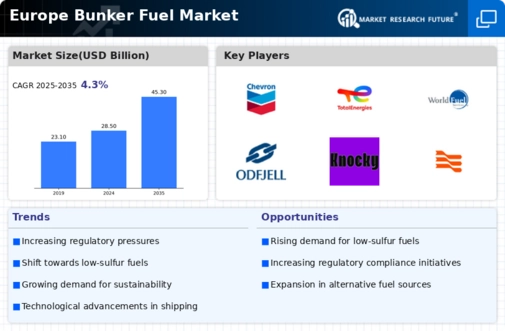
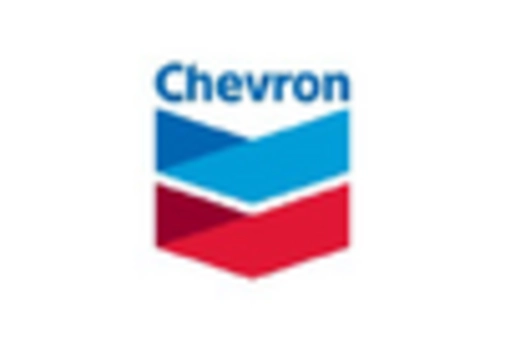
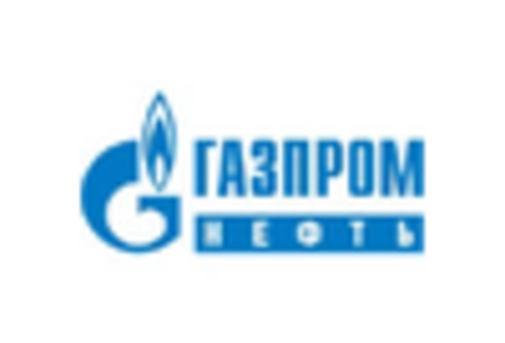
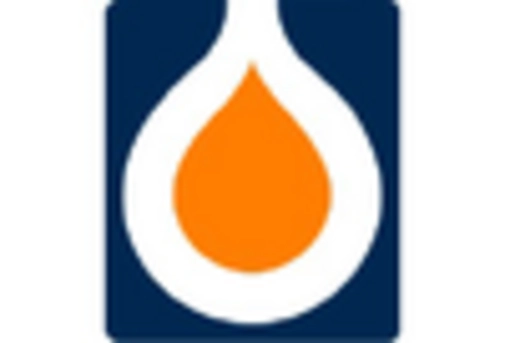
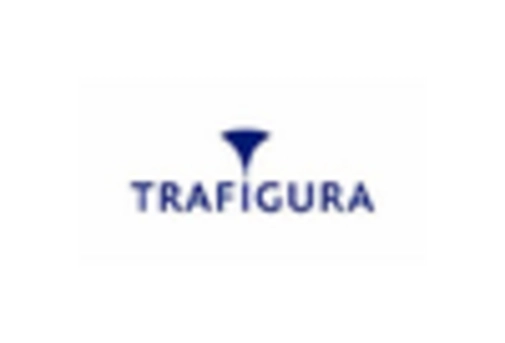
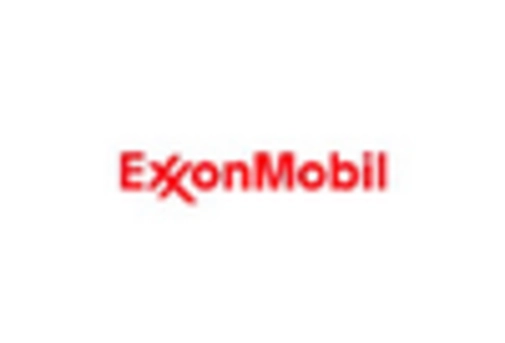
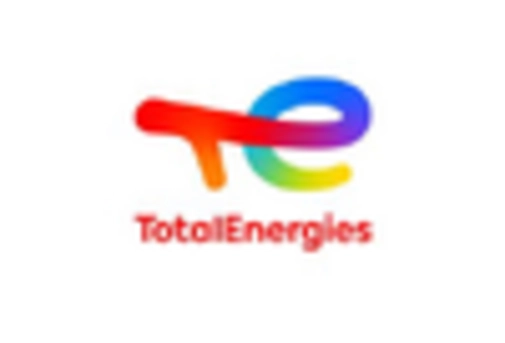
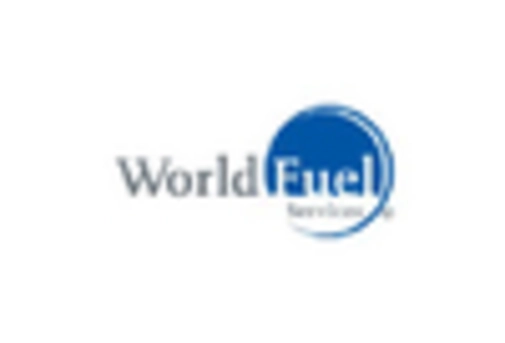
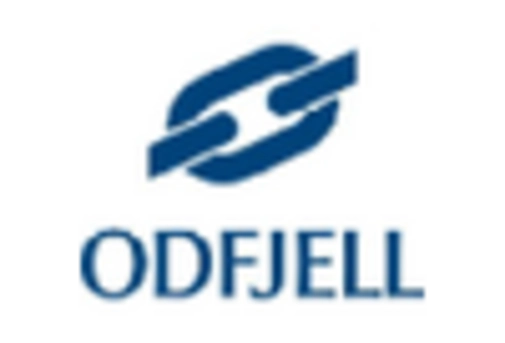
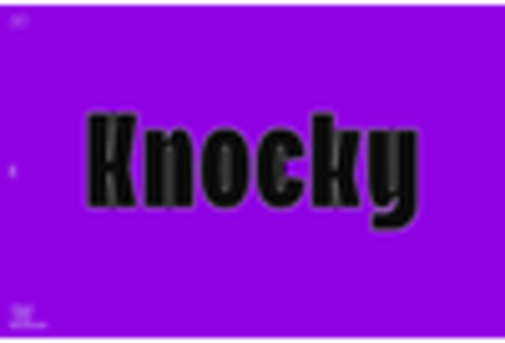
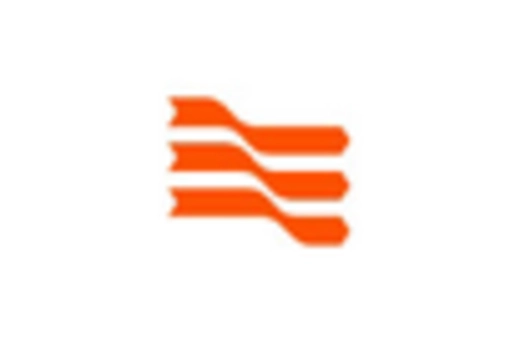








Leave a Comment